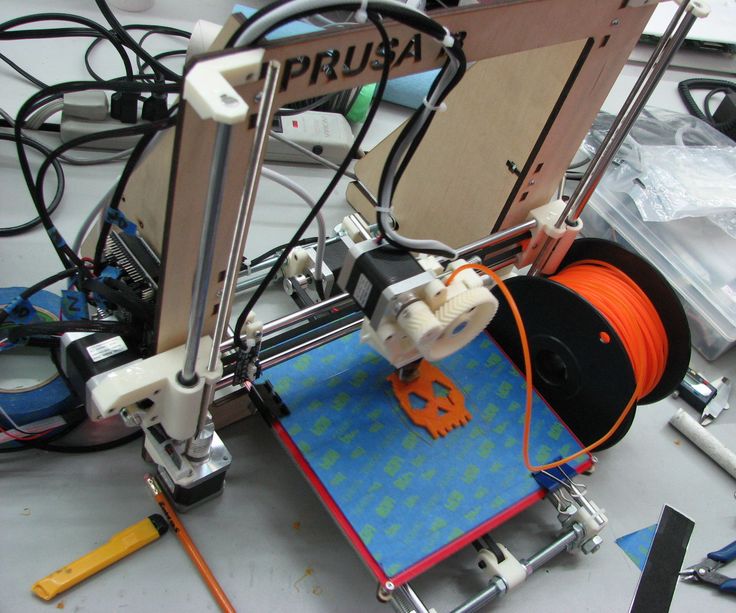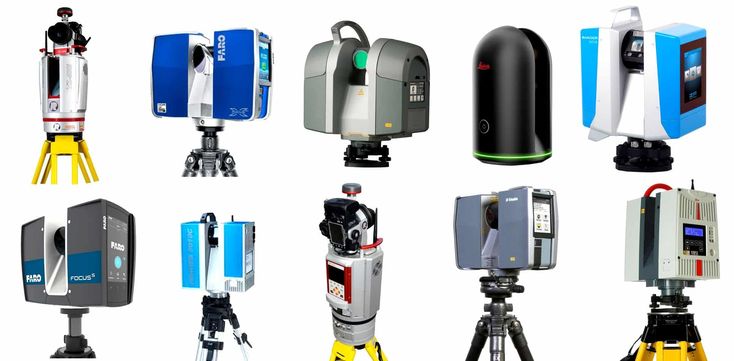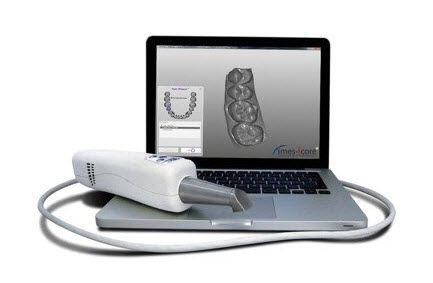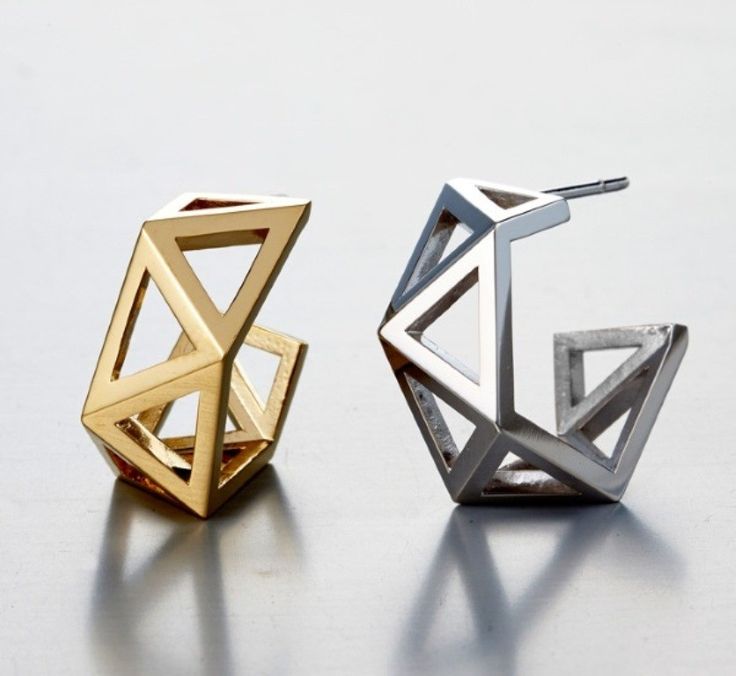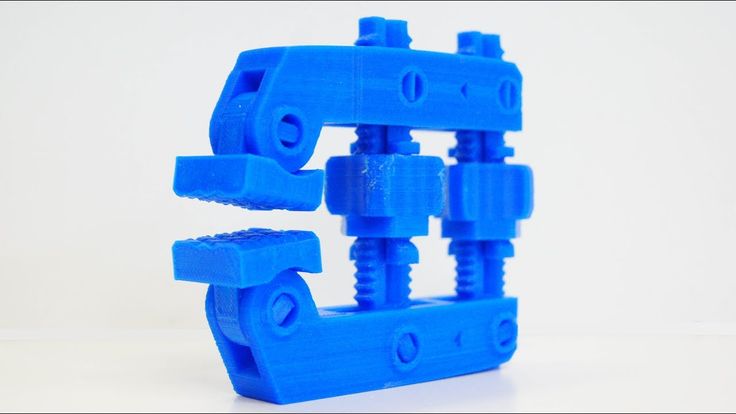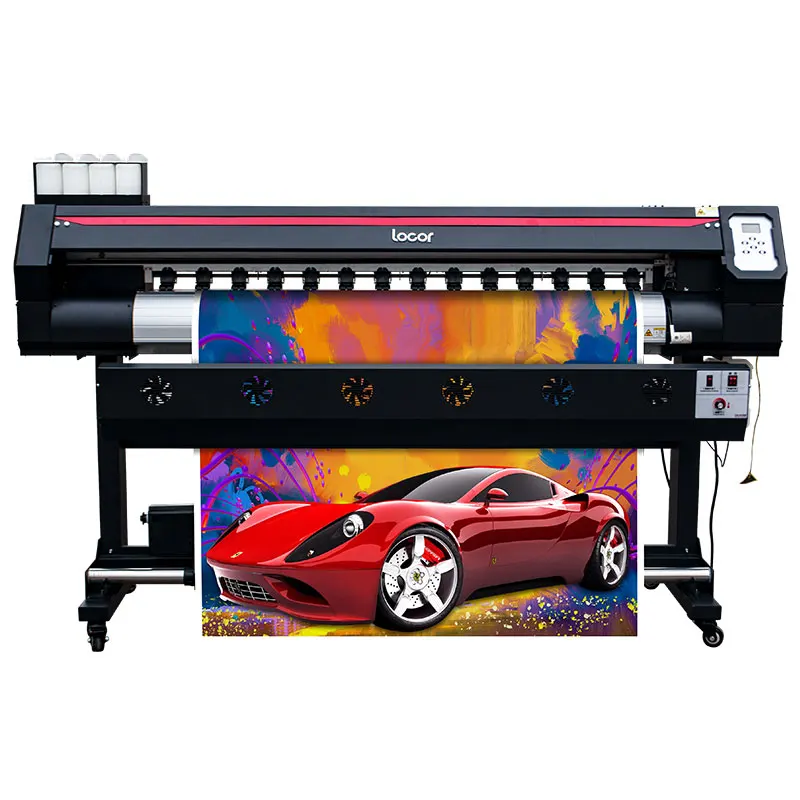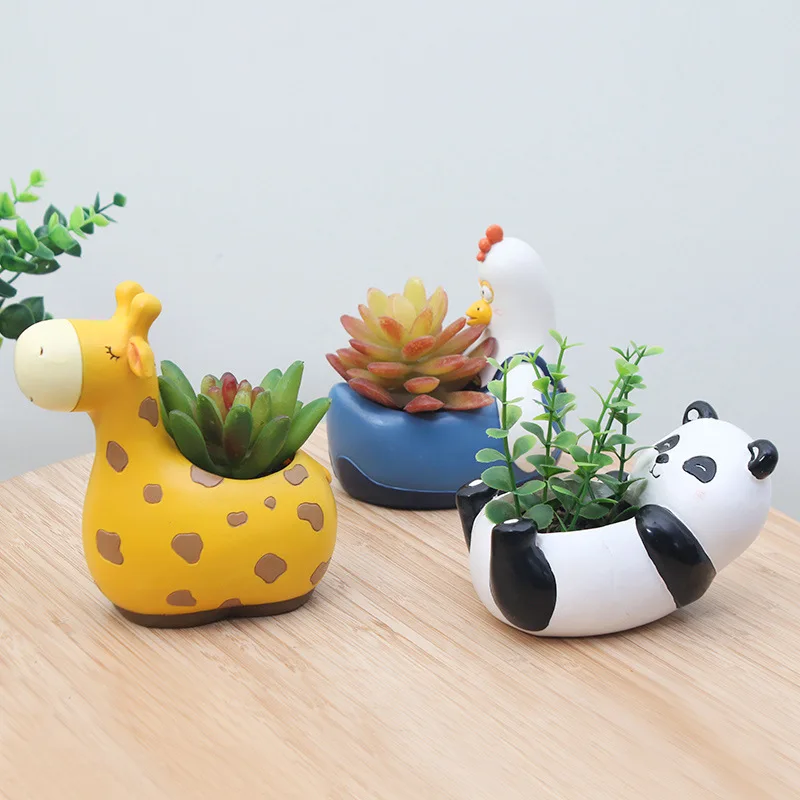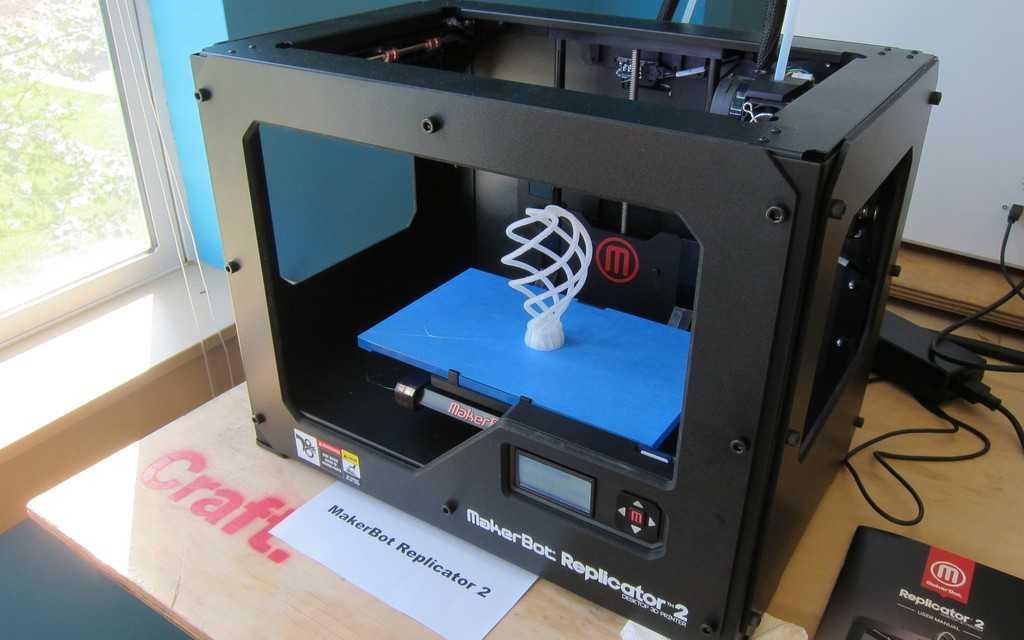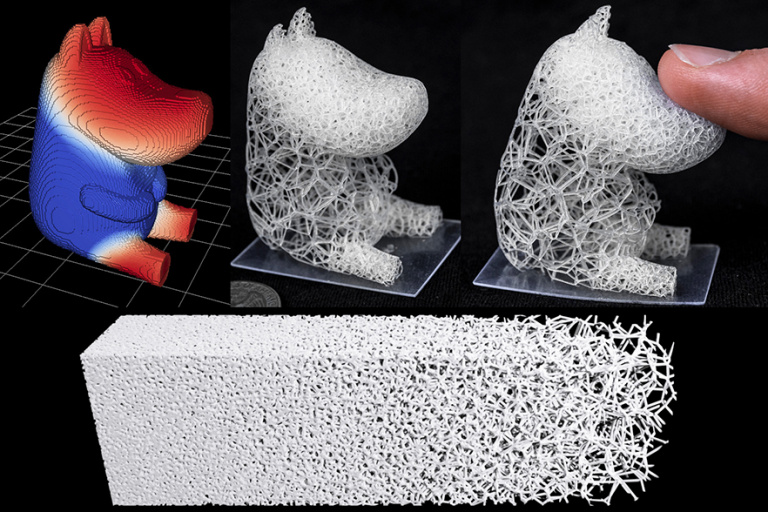3D printed ski boots
Going Off-Piste with Customized 3D-Printed Ski Boots | 3D Printing Blog
Begin typing your search above and press return to search. Press Esc to cancel.
by Elizabeth | April 4, 2019 | 3D Printing
by Elizabeth | April 4, 2019
After working on and around slopes for over 28 years, and hearing beyond-countable complaints about painful, but competition-worthy ski boots, Reto Rindlisbacher’s dream was to create the unthinkable for winter sports enthusiasts.
He wanted to create footwear that is both powerful and comfortable. What seemed an uphill battle was made easy by partnering his company, TAILORED FITS, with our parent company Materialise to create ski boots customized to the unique shape of the wearer’s feet. All made possible with 3D printing.
TAILORED FITS have been able to use 3D scanning and printing to get rid of the annoying pressure points that come with traditional competition ski boots. The process starts in a sports store where a shop worker uses a tablet app to scan a skier’s feet. From there, TAILORED FITS receives the scan and uses sophisticated but user-friendly computer software, which was custom-made by Materialise, to design a model of the boot liner. The liner then gets 3D printed, put in a boot casing, and voilà – the finished product is ready to be sent to the lucky skier.
“Right now with an individual-shaped liner, and a closed system from the leg to the liner to the boot, we can say that we have 100% comfort and provide 100% performance and power transmission,” says TAILORED FITS’ Reto.
Based on the discussions with TAILORED FITS, Materialise found that Fused Deposition Modelling (FDM) in a flexible material was the ideal solution.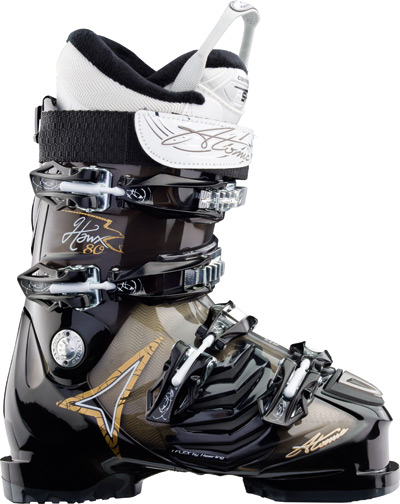 The design and engineering team developed a design for the boots that would be both flexible and strong enough for racing.
The design and engineering team developed a design for the boots that would be both flexible and strong enough for racing.
TAILORED FITS founder Reto Rindlisbacher has created a 3D-printed boot that offers 100% comfort and provides 100% performance and power transmission.
“A big part of our collaboration with Materialise is software engineering and development, to make sure that the second after we receive a scan we have a designed product. The partnership offers us a great collaboration in automating designs, but then also bringing these designs to the 3D printing machines and production,” says Reto.
As Materialise Design & Engineering Manager Dries Vandecruys explains, “To ensure the performance of the boot, we had to design it so that that the material could be flexible at the softest points of contact, and strong enough to support the hardest zones of impact. This meant having to design for the different pressure locations to give the specific strength or flexibility required. We did this using our knowledge of lattice structures to create the localized functionality.”
We did this using our knowledge of lattice structures to create the localized functionality.”
Long-time skier and trainer Raetus Schmid is thrilled with the results: “The new 3D-printed liner has a big advantage — since it’s made out of one piece it fits like a sock and you have no pressure points at all. It’s just like a replica of your lower leg. And this way it transfers the power onto the skis much better.”
For Raetus, one of the best parts of the boots is that this is the first time out on the slopes in his life that he hasn’t had cold feet. And this in part is due to the impeccable fit: “The difference between the TAILORED FITS boot and traditional boots is that the traditional boot has been very functional for the last twenty, thirty years. And they are functional – there is no question about it. And the ski racers are all still using them. But the TAILORED FITS boot can do the same thing and be comfortable at the same time. ”
”
Have a dream that you would like to reach using 3D printing? Then simply upload the 3D file of your model to our online 3D printing platform, choose from 100+ materials and finishes, and order your 3D print!
And so it begins- 3d Printed Ski boots | SkiTalk
ted
Getting off the lift
- #1
https://www.tailored-fits.com/en/tailored-fits-ski-boots/
"Talk amongst yourselves"
Dakine
Far Out
- #2
Interesting and I expect we will see a lot more of this kind of technology.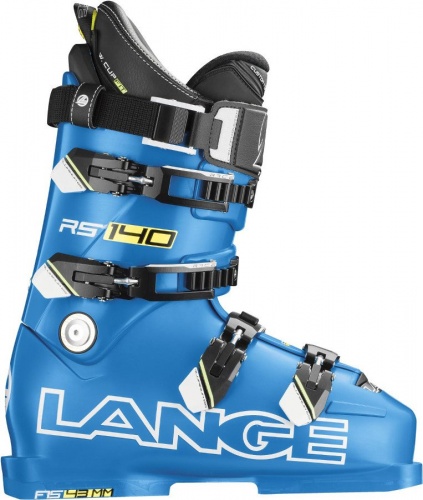
In some ways, ski boots are an ideal item for 3D printing technology.
These guys are only talking liners but the shell itself will follow.
crgildart
Gravity Slave
- #3
Like any boot fitting challenge, the hard part isn't so much the walking in off the street fit.. It's the feet shrink or swell after skiing a couple hours fit that's challenging.
Go that way really REALLY fast. If something gets in your way, TURN!
coops
Getting on the lift
- #4
Unless they're 3d printing the shell.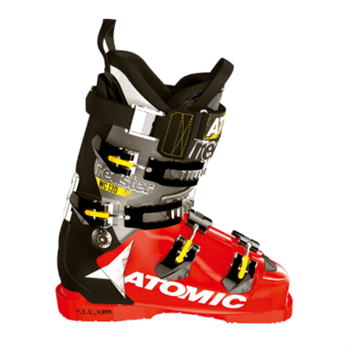 . what's the point?
. what's the point?
My feet aren't too bad, but even mine need a bit of shell moulding (easier now with the heat mouldable shells) - and my best friends appallingly lumpy feet would need serious punching of the shell even before heat moulding the shell (which is why he's still clinging on to some ancient Salomon boots... gawd knows how old now).
A foamed liner... is a 3d mould of your foot, just without the trendy additive production method - and the foam can be adjusted to the skiers firmness and ability etc requirements.
Or if...
crgildart said:
Like any boot fitting challenge, the hard part isn't so much the walking in off the street fit.. It's the feet shrink or swell after skiing a couple hours fit that's challenging.
Click to expand...
well, Zipfits. I've had a DVT in the calf and am on daily blood thinners, and varying alcohol intake amongst other variables are no problem as far as foot swelling issues
Who nows that that shell will flex like.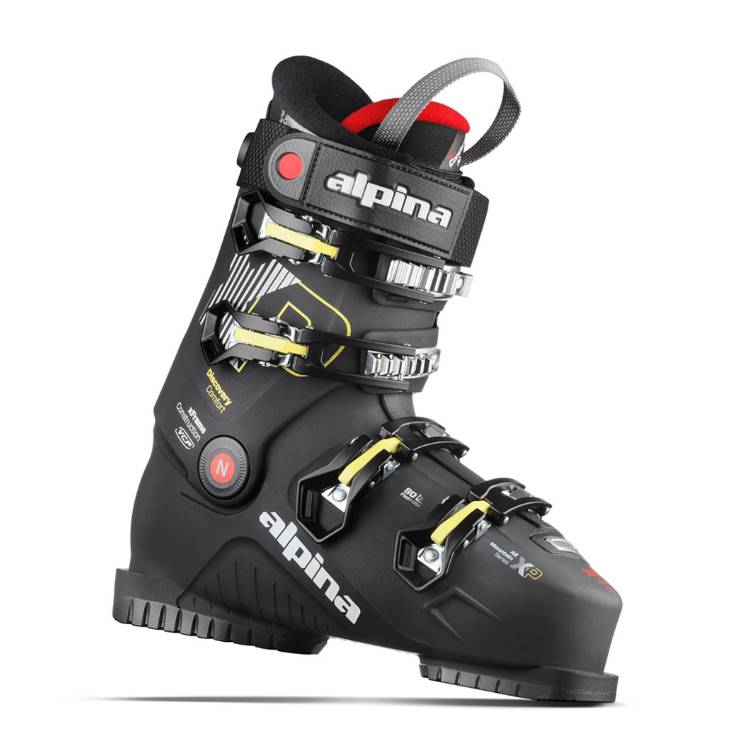 .. but if you're going to go to 3d printing trouble and expense.. shouldn't you also take the time to get the cuff alignment laterally and fore/aft correct for this custom boot?
.. but if you're going to go to 3d printing trouble and expense.. shouldn't you also take the time to get the cuff alignment laterally and fore/aft correct for this custom boot?
And get an English speaking proof reader - "foot mussels"
"To fit your legs and feet perfectly in your ski boots we are able to digitally simulate all natural movements you can do with your upper and lower foot joints. The shapes of your fibula and foot mussels are precisely morphed to generate a perfect fit with your well aligned standing position in your boot."
Bah, humbug.
James
Out There
- #5
coops said:
"foot mussels"
Click to expand.
..
Yes. Those grow when people sit on docks with their feet in the water. Then fall asleep, pass out from drinking. It's a big problem in Maine where the water is cold so the feet go numb anyway.
Well this is a start. They say you can't polish a turd, but if you freeze it first you can.
Swiss Toni
Out on the slopes
- #6
Reto Rindlisbacher the CEO of Tailored Fits has worked in the skiing industry since 1994 and has held senior positions at Völkl (managing director) and Nordica (brand manager), so he has some idea about what he is doing. One of the shareholders in the company is Beat Zaugg the CEO of Scott, he certainly knows what he’s doing.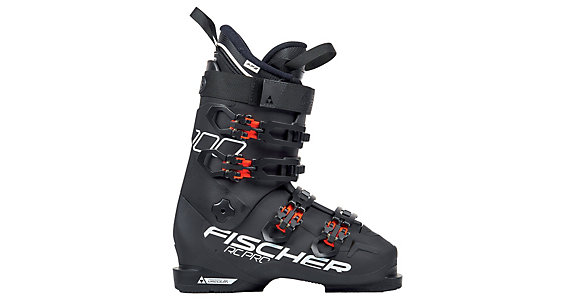 Scott were involved in the design of the shell.
Scott were involved in the design of the shell.
The scanning system comes from TechMed 3D in Canada, a company specializing in 3D body scanning systems https://techmed3d.com/products/structure-sensor/ The 3D printing is carried out by the Belgian company Materialise https://www.materialise.com/en/cases/tailored-fits-goes-off-piste-ski-boot-design.
In 2017 Reto gave a talk about the boot at the Materialise World Summit
Thread Starter
T
ted
Getting off the lift
- #7
I think they have a long way to go, but I applaud the fact that they are trying and have good people involved.
Thread Starter
T
ted
Getting off the lift
- #8
Swiss Toni said:
Reto Rindlisbacher the CEO of Tailored Fits has worked in the skiing industry since 1994 and has held senior positions at Völkl (managing director) and Nordica (brand manager), so he has some idea about what he is doing.
One of the shareholders in the company is Beat Zaugg the CEO of Scott, he certainly knows what he’s doing. Scott were involved in the design of the shell.
The scanning system comes from TechMed 3D in Canada, a company specializing in 3D body scanning systems https://techmed3d.com/products/structure-sensor/ The 3D printing is carried out by the Belgian company Materialise https://www.materialise.com/en/cases/tailored-fits-goes-off-piste-ski-boot-design.
In 2017 Reto gave a talk about the boot at the Materialise World Summit
Click to expand...
Thanks for video link.
From video it sounds like shell is standard injection molded, with the liner being more of a molded inner boot and more substantial than most liners.
Jersey Skier
aka RatherPlayThanWork or Gary
- #9
I was just shopping for new eyeglass frames and the sales woman said the one's I was holding were 3d printed. Said she didn't really know what that means, but they are really good.
Said she didn't really know what that means, but they are really good.
Monster
Monstrous for some time now. . .
- #10
James said:
They say you can't polish a turd. . .
Click to expand...
Yeah, Mythbusters busted that one once - ew. . .
crgildart
Gravity Slave
- #11
coops said:
well, Zipfits.
I've had a DVT in the calf and am on daily blood thinners, and varying alcohol intake amongst other variables are no problem as far as foot swelling issues
Click to expand...
Does your hematologist know you are skiing? Mrs crg is also on blood thinners 4 life and she won't even ride a bike because her hemo has her afraid even a light bump on the head could cause a fatal brain bleed.. and what she takes has no quick antidote. If it were me I'd probably still ski and skateboard and bike and.... just not tell my care providers about that..
But, with great fitting boots the chances of crashing and hitting your head goes down.
Go that way really REALLY fast. If something gets in your way, TURN!
eok
Slopefossil
- #12
Dakine said:
.
..
In some ways, ski boots are an ideal item for 3D printing technology.
These guys are only talking liners but the shell itself will follow.Click to expand...
I remain skeptical. The 3D printing materials I'm familiar with are suboptimal in mechanical applications where the product is supposed to repeatedly flex/bend/deflect/etc. 3D printing a shell directly is particularly a bad idea because imperfections in the additive process are unavoidable. Imperfections = weakness. Not a big deal for a 3D printed troll doll or Raspberry Pi case - but a huge problem for a critical mechanical part like a ski boot shell. I could see 3D printing a mold for a custom shell but not the shell itself. Improvements/advancements in 3D printing materials are happening rapidly - but I think it would be some years before a ski boot shell could be printed directly - reliably & consistently enough to be safe ... and to be profitable.
Plus: a lot of people don't realize it takes FOREVER to 3D print anything of even modest scale, using even the best professsional grade 3D printers. Time is $$$. With current tech, a ski boot could take a whole day (or more), assuming the 3D printing & materials all behaved perfectly the whole time. So, I'm pretty sure most ski boots will continue to be born from molds into the foreseeable future. It's just more efficient.
Time is $$$. With current tech, a ski boot could take a whole day (or more), assuming the 3D printing & materials all behaved perfectly the whole time. So, I'm pretty sure most ski boots will continue to be born from molds into the foreseeable future. It's just more efficient.
Magi
Instructor
- #13
eok said:
I remain skeptical. The 3D printing materials I'm familiar with are suboptimal in mechanical applications where the product is supposed to repeatedly flex/bend/deflect/etc. 3D printing a shell directly is particularly a bad idea because imperfections in the additive process are unavoidable.
Imperfections = weakness. Not a big deal for a 3D printed troll doll or Raspberry Pi case - but a huge problem for a critical mechanical part like a ski boot shell. I could see 3D printing a mold for a custom shell but not the shell itself. Improvements/advancements in 3D printing materials are happening rapidly - but I think it would be some years before a ski boot shell could be printed directly - reliably & consistently enough to be safe ... and to be profitable.
Plus: a lot of people don't realize it takes FOREVER to 3D print anything of even modest scale, using even the best professsional grade 3D printers. Time is $$$. With current tech, a ski boot could take a whole day (or more), assuming the 3D printing & materials all behaved perfectly the whole time. So, I'm pretty sure most ski boots will continue to be born from molds into the foreseeable future. It's just more efficient.
Click to expand...
Mechanical properties of the material are directly related to the material used and the printing process used.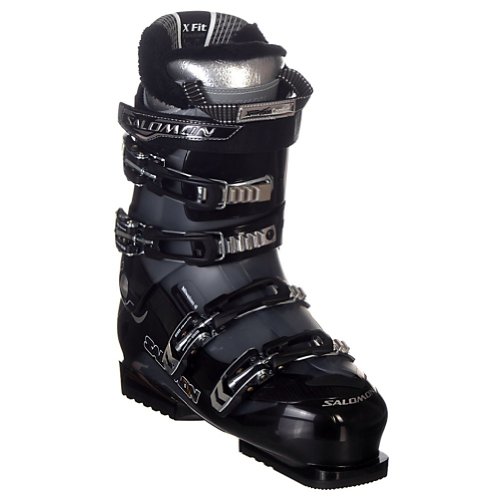 ABS plastic out of a $300 reprap kit will suck. Laser sintered custom materials out of 50k-300k additive manufacturing machines are used regularly in aerospace and high end automotive manufacturing today. So it very much depends on what you're trying to do, and what the value of the finished part is. Looks like they're using FDM based on a picture on the website, but materialise (the company actually making them for tailored fits) doesn't list thermoplastic-PU as an option for FDM, only what appear to be ABS variants...
ABS plastic out of a $300 reprap kit will suck. Laser sintered custom materials out of 50k-300k additive manufacturing machines are used regularly in aerospace and high end automotive manufacturing today. So it very much depends on what you're trying to do, and what the value of the finished part is. Looks like they're using FDM based on a picture on the website, but materialise (the company actually making them for tailored fits) doesn't list thermoplastic-PU as an option for FDM, only what appear to be ABS variants...
As for $$$ being money - The boots sell for ~$1600. Assume they're using an industrial quality printer - that print times are 24 hours (I'd bet they're closer to 8-12) - and they get 50% of MSRP from a retailer. At $800/day that means a 60k printer prints about $290k a year, which is about a 6x gross return on capital (~15x if you depreciate the printer over 3 years). Seems workable at a glance.
coops
Getting on the lift
- #14
crgildart said:
Does your hematologist know you are skiing? Mrs crg is also on blood thinners 4 life and she won't even ride a bike because her hemo has her afraid even a light bump on the head could cause a fatal brain bleed.
. and what she takes has no quick antidote. If it were me I'd probably still ski and skateboard and bike and.... just not tell my care providers about that..
But, with great fitting boots the chances of crashing and hitting your head goes down.
Click to expand...
I am also on a non-warfarin daily pill, so no antidote to it. But, it helps thin blood that is overly prone to clotting... it's not meant to make my blood unclottable
So no... once you've started treatment and confirmed tolerance etc and no problems, then there is no reason to restrict activity or lifestyle for me - I suppose more agressive blood thinning would be a different matter, but that would usually be inpatient with constant monitoring after a heparin injection etc.
Warfarin, on the other hand, is more dose sensitive... and you could end up with uncontrolled bleeds etc, never mind worrying about how your green vegetable intake is affecting the blood clotting times.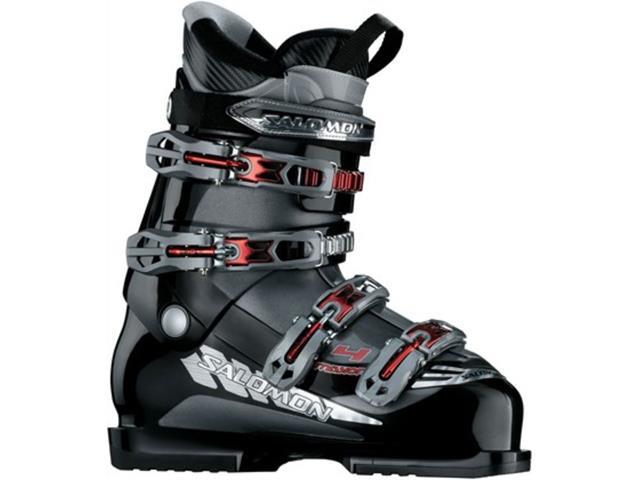 The Xarelto i'm on seems a much better way...
The Xarelto i'm on seems a much better way...
To get back to 3d printing boots... there may have been a time for this, but with such major improvements in heat mouldable shells and better liners (even the OEM standard ones) any benefit is questionable even before considering the increased cost - and if you're not custom moulding the shell... then what? Stuff the foot in an oversize shell and fill it with a Custom inner? Really? You can go to Surefoot and get that done with foam liners
Anyone who complains about the cost of a zipfit ( or bootdoc foamed) liner should be pointed to this website just to put it in perspective.
You must log in or register to reply here.
Share:
Facebook Twitter Reddit Pinterest Tumblr WhatsApp Email Share Link
Repair of ski equipment using 3D printing
Application
work.
 In connection with all the restrictions imposed due to the sanctions, transport and logistics schemes and trade between the countries were disrupted. Therefore, some products became impossible to buy, while delivery times for others greatly increased. Winter came very quickly, and in order to get to the ski equipment rental season in time, my friends asked me to provide repair services using 3D printing.
In connection with all the restrictions imposed due to the sanctions, transport and logistics schemes and trade between the countries were disrupted. Therefore, some products became impossible to buy, while delivery times for others greatly increased. Winter came very quickly, and in order to get to the ski equipment rental season in time, my friends asked me to provide repair services using 3D printing. Why 3D printing, because it:
1. Fast;
2. Quality;
3. Reliable;
4. Cheap.
The hardest part was 3D modeling the damaged plastic parts and fitting them to the equipment. Some 3D models were found on the Internet, some were developed from scratch using the Compass 3D program.
Printed on the proven Flying Bear Ghost 5.
This Chinese printer is quite reliable. Of the modifications, quiet drivers and LED illumination of the working area are installed on it. The speed of high-quality printing is certainly not high, but it copes with its tasks.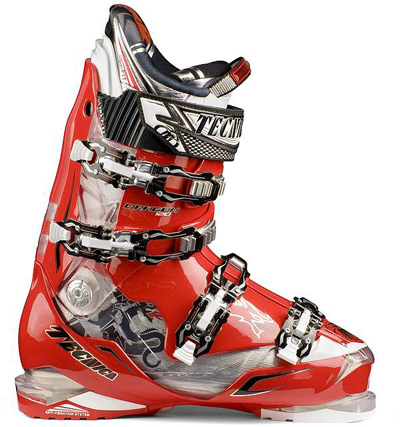 I can say one thing about this printer, it does not need additional modifications. And if you want to redo it, then you need to redo everything and it turns out that it is easier to buy a new and ready-made printer.
I can say one thing about this printer, it does not need additional modifications. And if you want to redo it, then you need to redo everything and it turns out that it is easier to buy a new and ready-made printer.
The material for printing was mainly PETg plastic from the company FILAMENTARNO with a diameter of 1.75 mm.
Let me explain the choice of this particular plastic for use in 3D printing:
1. Printed at home, so non-toxic plastic is used for printing;
2. Easy to print with PETg plastic, it does not require special agents for adhesion to the printer table, adheres well to the printer's ultrabase, does not shrink when cooled, the part does not deform;
3. Plastic quality from FILAMENTARNO. I got it as a gift, I have not worked with it before, but in my opinion the details are very high quality.
Ski equipment needs to be repaired from time to time due to missing or damaged components. First, I’ll tell you what repairs were made, and then, using the example of one part, I’ll tell you about the process.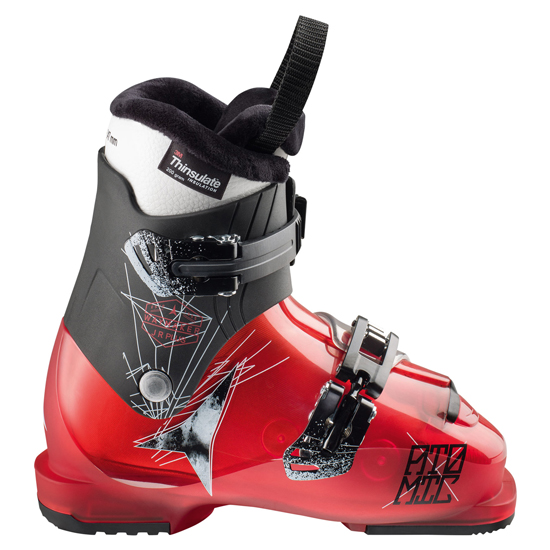
Ski poles have been made with plastic handles and feet that have been damaged or lost during use. But here the work was not significant. Basically, ski boots needed serious repairs.
Plastic soles and heels of boots often wear out, especially in older models, and it is not possible to find a replacement. This is where 3D printing comes in.
Repair work can be divided into 3 stages:
1. 3D modeling of the part;
2. Printing a part on a 3D printer
3. Finishing and fitting.
I will consider the whole process using the example of old ski boots made in Italy. To create a 3d model, I needed a damaged part and the boot itself, a compasses and a program for 3d modeling. I used Compass 3D as a program. Of course, I did not create an exact copy, but an analogue adapted for printing on a 3D printer and not inferior in functionality to the native part.
The next step is to prepare for printing. Using the CURA slicer, I choose the optimal parameters for printing and the location of the part on the printer table.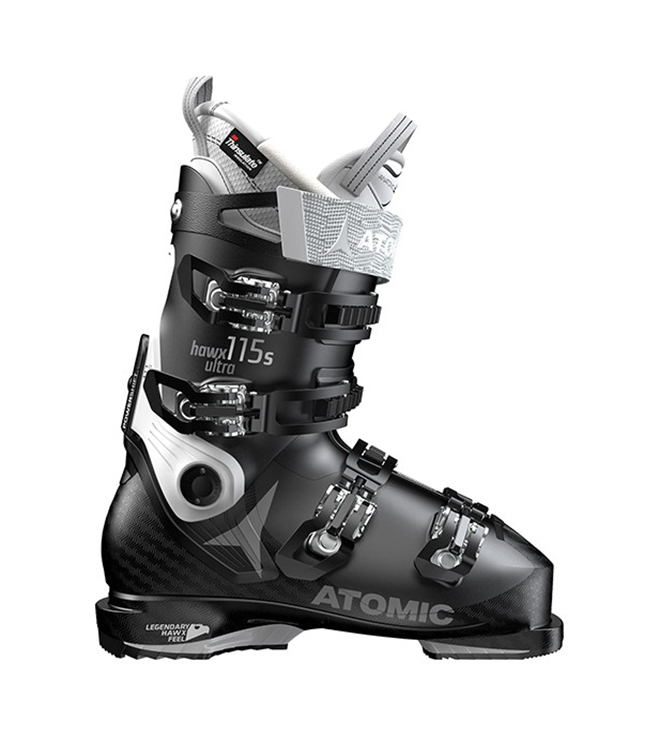 We send the generated file for printing.
We send the generated file for printing.
The part was printed on a Flying Bear Ghost 5 printer using FILAMENTARNO plastic.
After printing, I remove all supports and try on the finished heel to the boot. Of course, during the manufacturing process, not all parts fit perfectly, and some had to be redone several times. But thanks to the efforts made, the skiing season can be called successfully opened. Clients are satisfied, the costs cost 3 kopecks, the work was completed on time.
3d model of the heel for these shoes is posted in the profile. Thank you all
How are 3D printing standards improving the performance of Olympic athletes?
You are here
Home
Some of the Olympic cycling teams competing in Tokyo made extensive use of 3D scanners and 3D printers to customize equipment and fit bike parts to the exact requirements of the athletes. The teams used 3D printers to make new bike handlebars and chains, avoiding the use of expensive tooling/moulds.
Application of 3D printing to help athletes outside the Tokyo Olympics
To be fair, 3D printing advances are being applied to other sports disciplines as well. For athletes competing in the upcoming Paralympic Games, for example, 3D printing offers an effective way to create lighter and more aerodynamic prostheses, as well as wheelchairs.
Chevrolet is now actively outfitting its INDYCAR and NASCAR race cars with 3D printed parts including oil tanks, intake manifolds and fuel tank caps. The company uses this technology both at the stage of prototyping and at the stage of final production. London-based Cavendish Imaging is using the technology to produce protective masks that allow athletes with facial injuries (such as a broken nose/cheekbone) to continue playing. Using special software, the company 3D-scans the athlete's face and creates a model, on the basis of which the individual protective mask is printed.
This innovation reduces the athlete's downtime associated with injury and prevents further injury while healing. The company's masks have already been worn by several professional football and rugby players, including former Chelsea Football Club captain John Terry and footballer Sergio Ramos. Most bicycle helmets are made of foam, which is not completely safe when dropped. HEXR has created a new type of helmet in polyamide 11 (PA 11). The product is made by 3D printing to provide maximum personalization through 3D scanning of the shape of the head and thus increase protection.
The company's masks have already been worn by several professional football and rugby players, including former Chelsea Football Club captain John Terry and footballer Sergio Ramos. Most bicycle helmets are made of foam, which is not completely safe when dropped. HEXR has created a new type of helmet in polyamide 11 (PA 11). The product is made by 3D printing to provide maximum personalization through 3D scanning of the shape of the head and thus increase protection.
Another sport supported by the 3D printing industry is surfing. The French startup Wyve is already developing surfboards using this technology, which allows you to create personalized products with an original translucent design. The company produces boards from recycled plastic waste, offering the end user a reliable solution with optimal performance. An original way to combine sustainability and innovation in one project. 3D printing of sports shoes may soon be on the stream. More and more sporting goods manufacturers including Adidas, Nike and Reebok are using the technology in question. A prime example is the Adidas 4D Fusion sneakers. The reason for the growth in the use of 3D printing in this area is again the possibility of personalization. 3D technologies can be used to scan a consumer's foot, develop a 3D model, and print in record time. The result is footwear adapted to the morphology, needs and style of the consumer. When it comes to ski boots, skiers often have to choose between high performance and comfort: boots that are too loose, yet more comfortable, can't provide the level of control they need. Using the latest 3D printing technology, Tailored Fits has developed ski boots that combine comfort and performance. Thanks to 3D scanning technology, Tailored Fits can 3D print the inside of the boot to suit any individual, providing a direct transfer of energy. And the buckle-free design ensures free circulation, helping you feel the slopes and keep your toes cool.
A prime example is the Adidas 4D Fusion sneakers. The reason for the growth in the use of 3D printing in this area is again the possibility of personalization. 3D technologies can be used to scan a consumer's foot, develop a 3D model, and print in record time. The result is footwear adapted to the morphology, needs and style of the consumer. When it comes to ski boots, skiers often have to choose between high performance and comfort: boots that are too loose, yet more comfortable, can't provide the level of control they need. Using the latest 3D printing technology, Tailored Fits has developed ski boots that combine comfort and performance. Thanks to 3D scanning technology, Tailored Fits can 3D print the inside of the boot to suit any individual, providing a direct transfer of energy. And the buckle-free design ensures free circulation, helping you feel the slopes and keep your toes cool.
The value of 3D printing standards
In short, in the world of sports today, 3D printers are being used to produce a variety of objects that improve the performance of athletes: from sneakers and ski boots to surfboards and parts for racing cars. This technology additionally comes to the rescue in case of accidents and injuries.
This technology additionally comes to the rescue in case of accidents and injuries.
International standards have played a decisive role in ensuring the reliability, efficiency and safety of 3D printers and related device components, as well as consumables used in advanced equipment in this category. A number of technical committees and subcommittees make a significant contribution to standardization work. For example, ISO / IEC STK 1, a joint technical committee of the International Electrical Commission (IEC; IEC) and the International Organization for Standardization (ISO; ISO), develops standards on the topic of 3D printing and 3D scanning , including the fundamental standards that form the basis of new documents.
In addition, a number of IEC technical committees and subcommittees are working to determine the feasibility of preparation, development and harmonization of international standards on electrical and electronic components installed inside 3D printers. Relevant parts and components include, but are not limited to, switches and relays covered by IEC/TC 17 (Switching and control gear) and TC 121 (Switching and control gear and low voltage assemblies) technical committees.


